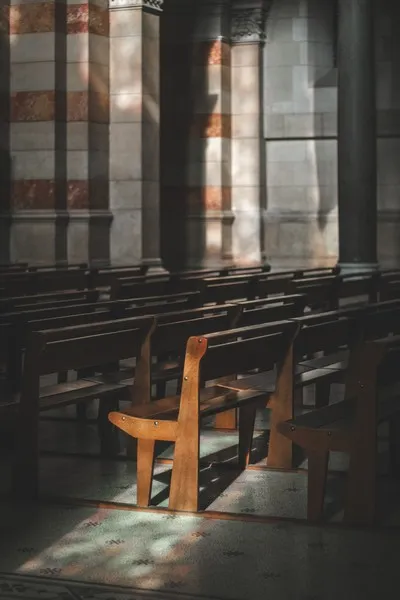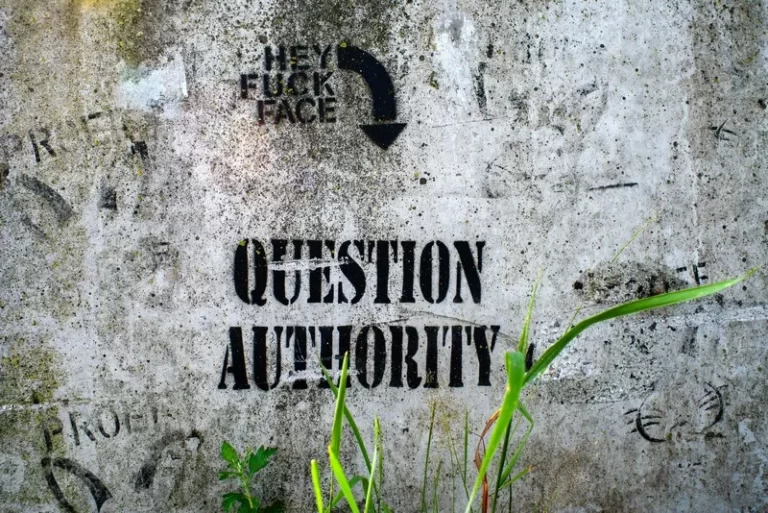Table of Contents
- Introduction
- Historical and Sociological Overview
- The Structural Organization of Monastic Communities
- Mechanisms of Discipline
- Surveillance in Monastic Life
- The Role of Internalization
- Tensions and Challenges
- Reflections on Foucault’s Theories of Discipline and Surveillance
- Conclusion
Introduction
Monastic life has long been a subject of fascination for sociologists, historians, and anthropologists. Monks and nuns live within carefully structured communities, following rigorous routines, shared codes of conduct, and often strict hierarchical orders. From a sociological standpoint, monastic communities provide a microcosm in which the dynamics of social control and surveillance can be vividly observed. This article will investigate how these religious orders institute and maintain their own social systems of discipline, drawing on Michel Foucault’s theories of discipline and surveillance. By examining the internal hierarchies, set routines, and mechanisms of self-policing, we can illuminate the ways in which monastic communities have historically used specific techniques to achieve certain social, spiritual, and organizational goals.
Historical and Sociological Overview
Monastic communities date back to at least the 3rd century CE, primarily within Christian traditions, though parallel forms of religious seclusion can be found in Buddhism, Hinduism, and other world religions. Regardless of the religious tradition, monastic orders typically emphasize vows of poverty, chastity, and obedience. Sociologically, these vows serve as explicit statements that delimit the behaviors, desires, and motivations of the individuals within the community. By promising to follow these vows, monks and nuns effectively place themselves under systems of discipline that demand complete adherence to communal, spiritual, and theological regulations.
The Sociology of Religious Institutions
Religious institutions often rely on distinct forms of power and ideology to secure compliance among their adherents. In the case of monastic orders, these forms of control are magnified by the physical separation of the community from broader society. However, the actual processes by which monastic communities produce disciplined individuals may be understood better through Foucault’s notions of discipline and surveillance:
- Discipline: Foucault argues that modern institutions shape individuals to conform to specific norms and functions. Disciplined individuals internalize these norms so that external coercion becomes largely unnecessary.
- Surveillance: For Foucault, surveillance is not merely observing people with a watchful eye; it is a complex dynamic through which individuals become visible as objects of discipline. Ultimately, this system of surveillance encourages self-policing because the individual cannot always know whether or not they are being observed.
In monastic settings, these concepts merge to produce a community in which each member not only adheres to shared doctrines but also engages in a continuous process of self-scrutiny to ensure that they act according to the moral, spiritual, and communal standards of the order.
The Structural Organization of Monastic Communities
To understand how discipline operates in a monastic community, one must first examine its structural organization. Traditionally, most monastic orders have a hierarchical arrangement of authority. At the top is an abbot or abbess who exercises spiritual and administrative power. Beneath them are other ranks: priors, sub-priors, and novice masters. The existence of clear hierarchical distinctions ensures that any breach of discipline can be swiftly identified and addressed.
Hierarchy and Obedience
Obedience to one’s superiors is central to monastic rule. This is not a blind obedience but rather one couched in religious rationale, emphasizing that obedience to the abbot or abbess is tantamount to obedience to the divine. Sociologically, this belief bestows a sense of legitimacy upon the power wielded by superiors. Essentially, those in positions of power are believed to act for the spiritual well-being of the community, making resistance or dissent an affront to collective goals. As a result, the monastic chain of command becomes an effective vehicle for administering discipline.
Communal Routines
Another pillar in the structure of monastic life is the strict communal routine, often referred to as the monastic schedule or horarium. This set schedule typically includes fixed times for prayer (the Divine Office in Christian tradition), communal meals, work, study, and silence. Regulating time in such a stringent manner is an overt technique of social control:
- Temporal Regulation: By allocating specific hours for prayer, work, and communal gatherings, the order ensures that every aspect of a monk’s or nun’s life is subject to official oversight. Personal freedom of movement is heavily curtailed, replaced by regulated communal activity.
- Repetitive Reinforcement: The repetitive nature of these activities instills discipline by cultivating habits that become second nature.
- Reduced Individualism: Minimal personal ownership of time fosters a sense of collective belonging and discourages the pursuit of purely individual desires.
From a Foucauldian perspective, this detailed regulation of time and space facilitates a “docile” body. Individuals become accustomed to following a set of norms without needing direct coercion.
Mechanisms of Discipline
Within monastic communities, social control is enforced through a variety of mechanisms. While overt punishments do exist, such as temporary excommunication from communal practices or the imposition of additional labor, many disciplinary techniques are subtler and aim to reshape the individual from within.
The Power of Ritual and Confession
Rituals play a crucial role in monastic life, offering regular opportunities for communal unity and self-examination. Among the most significant of these rituals is confession or its functional equivalent in certain traditions. While confession is ostensibly a personal disclosure of spiritual shortcomings, it simultaneously operates as a form of surveillance. By confessing to a superior, a monk or nun voluntarily makes internal thoughts and actions visible to an authority figure. This process fosters both external and internal discipline:
- External: The abbot or spiritual director gains insight into the individual’s mental and spiritual state, enabling targeted correction.
- Internal: Frequent confession nurtures a habit of self-scrutiny, prompting individuals to monitor their own thoughts and actions.
In essence, confession transforms private transgressions into communal knowledge, enhancing the monastic community’s capacity to enforce conformity.
Spatial Arrangements
Monasteries often adopt architectural designs that facilitate collective surveillance and discipline. Cloisters, shared dormitories, refectories, and prayer spaces are organized in such a way that privacy is limited. Even in traditions that allow private cells for meditation or rest, these cells are typically small and minimalist, reinforcing the theme of austere living.
This architectural design intersects with Foucault’s panopticon concept. Theoretically, a monastic superior could traverse communal areas at any moment, making the inhabitants feel perpetually visible. The knowledge that one could be observed at any time can be a powerful deterrent against breaking the rules.
Silence and Self-Monitoring
Silence is another potent mechanism of discipline in many monastic orders. By limiting verbal communication, silence serves a dual function. First, it minimizes frivolous conversation and potential gossip, fostering a more spiritually focused environment. Second, silence compels individuals to confront their own thoughts and emotions. This mandatory quiet can intensify introspection and encourage monks or nuns to regulate themselves.
When combined with the possibility of constant observation, silence directs the individual’s focus inward, reinforcing self-monitoring. Thus, a vow of silence or periods of designated silence serve as a disciplinary tool by balancing the line between communal unity and personal reflection.
Surveillance in Monastic Life
Get the full article AD FREE. Join now for full access to all premium articles.
View Plans & Subscribe Already a member? Log in.





